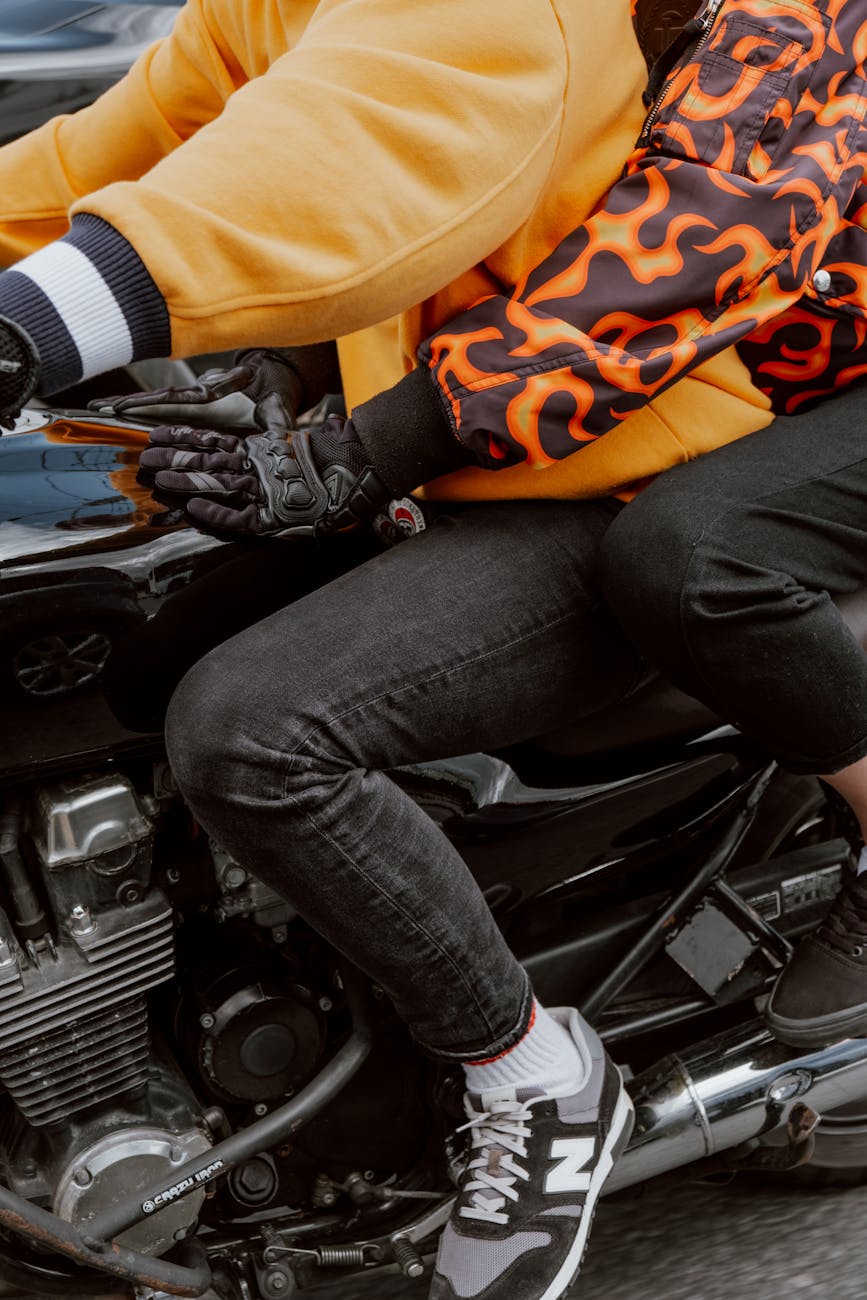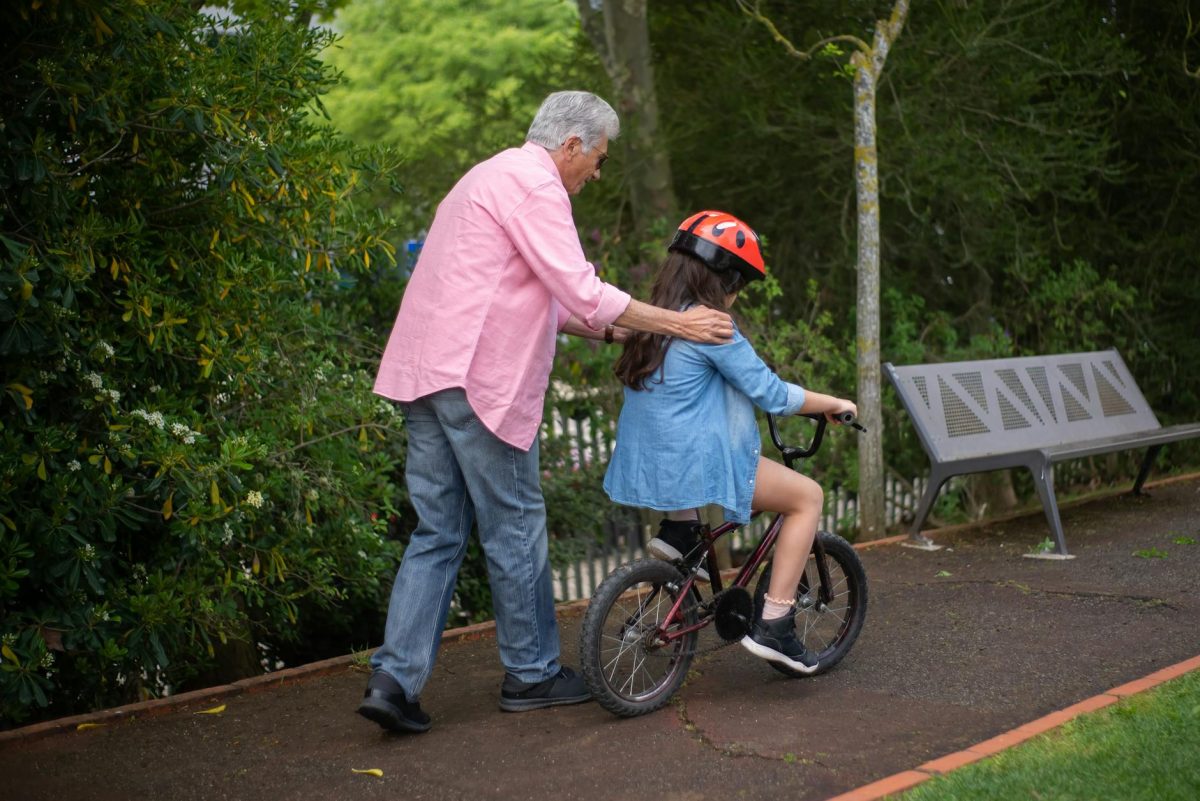Cycling is not only a fantastic way to stay active and explore the outdoors, but it is also a popular mode of transportation for many. If you are new to cycling, whether it’s for leisure, fitness, or commuting, choosing the right bike accessories can enhance your riding experience and keep you safe on the road. In this essential guide for beginners, we will explore the must-have bike accessories that will make your rides more enjoyable and worry-free.
Essential Bike Accessories for Beginners
Cycling Helmet: Safety First
One of the most important accessories for any cyclist, beginner, or seasoned rider, is a cycling helmet. Your safety should always come first when cycling, and a properly fitting helmet can protect you in case of a fall or collision. Look for a helmet that meets safety standards and fits comfortably on your head. Remember, wearing a helmet is not just a good practice; it’s a crucial safety measure.
Bike Lock: Secure Your Ride
When you’re out and about on your bike, you’ll need a reliable bike lock to keep your bicycle secure when you need to leave it unattended. There are various types of bike locks available, including cable locks, U-locks, and chain locks. Choose a sturdy lock that fits your needs and provides adequate security for your bike.
Lights and Reflectors: Stay Visible
Cycling during low light conditions or at night requires proper lighting to ensure you are visible to other road users. Front and rear bike lights, along with reflectors, are essential accessories for staying safe and visible on the road. Invest in high-quality lights that offer good visibility and help you see and be seen by others.
Bike Pump and Repair Kit: Be Prepared
Flat tires are a common occurrence in cycling, so having a bike pump and repair kit handy can save you from being stranded with a punctured tire. Learn how to use a bike pump and familiarize yourself with basic bike repairs like fixing a flat tire or adjusting brakes. Being prepared with the right tools can make a significant difference in your cycling experience.
Water Bottle and Cage: Stay Hydrated
Staying hydrated while cycling is crucial for your performance and overall well-being. A water bottle and cage mounted on your bike frame make it easy to access water while riding. Choose a BPA-free water bottle and a secure bottle cage to keep your hydration levels in check during your rides.
Cycling Gloves and Apparel: Comfort and Protection
Investing in cycling-specific gloves and apparel can enhance your comfort and protection while riding. Cycling gloves provide grip, cushioning, and protection for your hands, while cycling apparel designed with moisture-wicking materials can keep you cool and dry during long rides. Comfortable clothing and gear can make a significant difference in your overall riding experience.
Conclusion
As a beginner cyclist, choosing the right bike accessories can make a significant impact on your rides. Safety should always be your top priority, so investing in essential accessories like a helmet, lights, and a bike lock is crucial. Additionally, having a bike pump, repair kit, water bottle, and comfortable apparel can enhance your riding experience and keep you prepared for any situation. By selecting the right accessories for your needs, you can enjoy effortless and safe cycling adventures.





